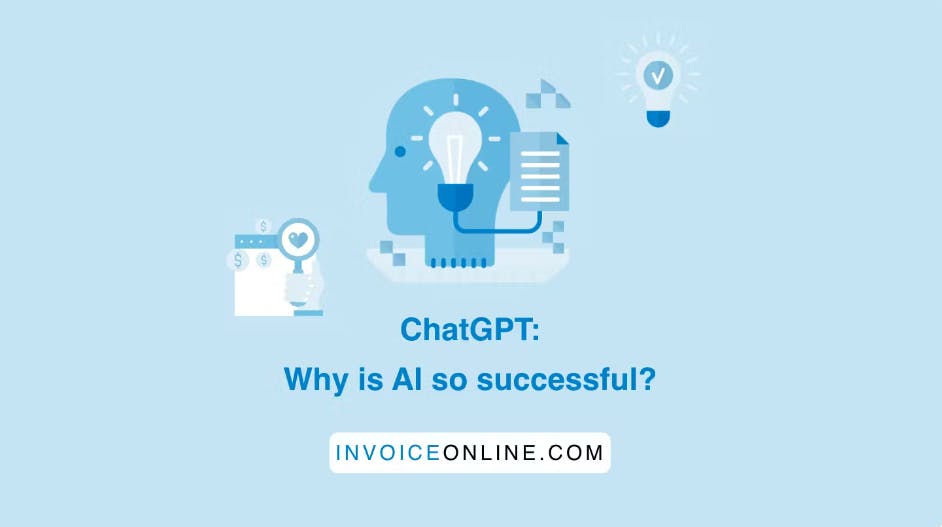There are more and more fascinating developments in the world of technology and artificial intelligence (AI). Among them is ChatGPT, which is revolutionizing human-machine communication. But how is it possible that an AI like ChatGPT can understand and communicate with humans so well? In this article, we will try to unravel the secrets of ChatGPT's success and explain how it thinks, why it is intelligent, and why this is the case.
What is ChatGPT?
ChatGPT stands for "Generative Pre-trained Transformer", an AI model OpenAI developed. This model uses advanced technology based on neural networks that learn from large amounts of text data. ChatGPT aims to generate natural, understandable, and useful text that is then used to interact with users in many language applications.
How does AI think?
To understand how AI like ChatGPT thinks, we need to focus on a few key elements:
→Training: ChatGPT learns from large amounts of textual data that include books, articles, and web pages. The learning process is based on a statistical analysis of the relationships between words and phrases, allowing the AI to recognize and mimic human language.
→ Neural Networks: AI uses neural networks that attempt to mimic the way human brain cells (neurons) function. Neural networks consist of layers of neurons that communicate with each other and pass information. In the case of ChatGPT, these networks enable the analysis and generation of language.
→ Text generation: after training, ChatGPT can generate text based on keywords, topics, or queries from the user. This process is done by selecting the most likely words and phrases that combine to produce understandable and relevant answers.

Why is AI intelligent?
Artificial intelligence, such as ChatGPT, appears intelligent for several reasons:
→ Big data: AI has access to a huge amount of textual data that covers a wide range of topics and language constructs. This allows the AI to gain a broad overview of different fields of knowledge and habits of human language.
→Learning and Adaptation: AI can learn from this data and adapt to new situations, meaning it becomes more efficient and reliable as time goes on. This learning allows AI to better respond to different types of queries and situations.
→Parallel information processing: unlike the human brain, which is limited by its working memory space capacity, AI can process and analyze large amounts of information simultaneously. This allows AI to generate answers to questions or problems quickly and efficiently.
ChatGPT represents a fascinating breakthrough in artificial intelligence and language processing. Its ability to learn from large amounts of textual data, and adapt and generate natural language enables a revolutionary way of human-machine interaction. With its intelligence and flexibility, ChatGPT is increasingly becoming a part of our everyday lives and opens the door for further innovations in AI and communication.




